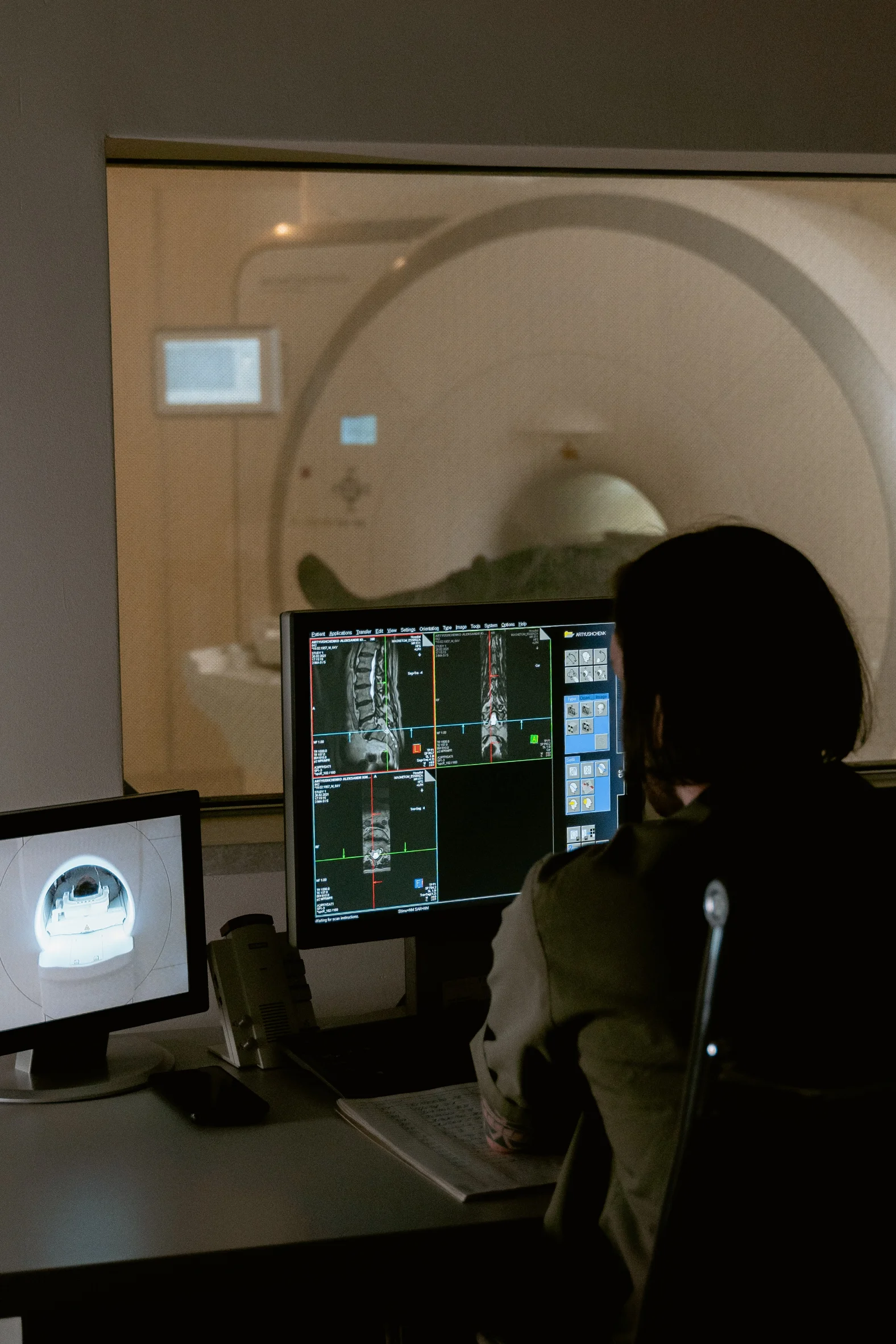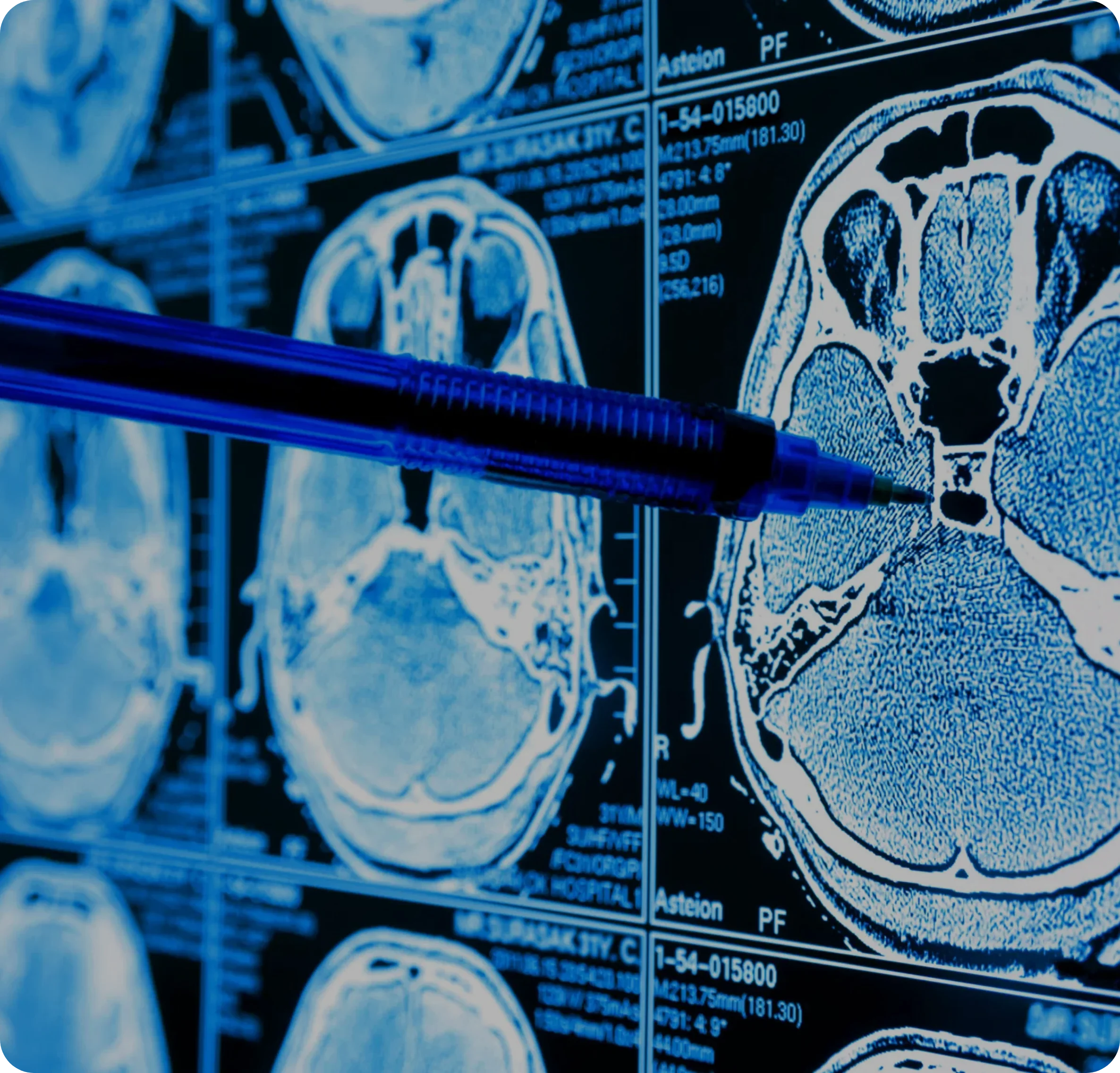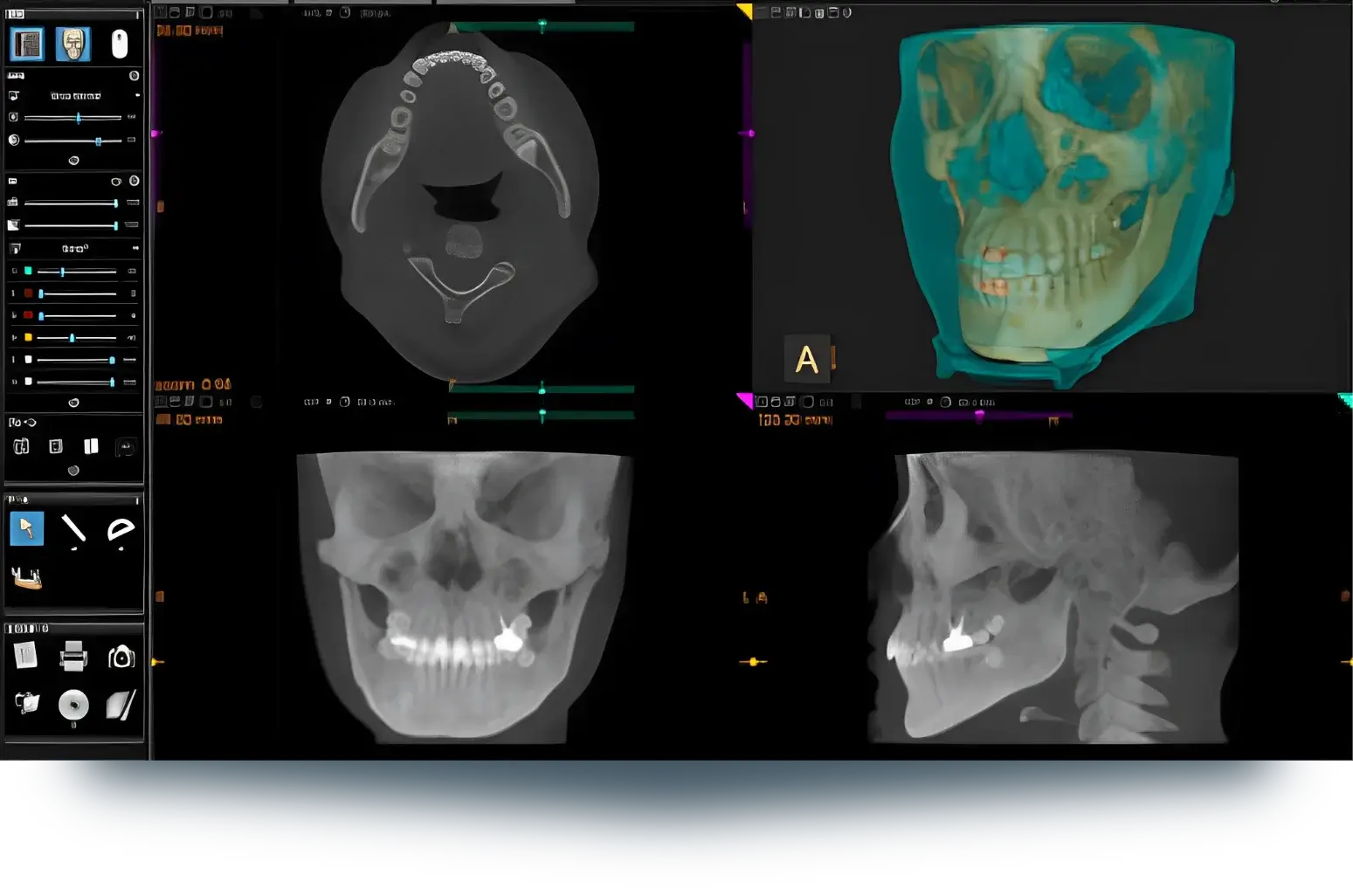
Digitalization of Radiology Guidelines for accurate diagnosis
Improved standardization of reporting practices, enhanced workflow integration, increased accuracy of reports, and ultimately, better patient care.
- Industry
- Healthcare
- Business Type
- Public Sector
- Services provided
- Conceptualization, Design, Development and Deployment
Digitalization of Radiology Guidelines for accurate diagnosis
Improved standardization of reporting practices, enhanced workflow integration, increased accuracy of reports, and ultimately, better patient care.
- Industry
- Healthcare
- Business Type
- Public Sector
- Services provided
- Conceptualization, Design, Development and Deployment
Overview
The client for this project is a leading professional medical society dedicated to serving patients and society by empowering radiology professionals with knowledge, skills, and expertise. With a rich history and a commitment to advancing the field of radiology, the client plays a pivotal role in shaping the industry’s standards and practices. They provide resources, education, and support to radiologists, helping them deliver accurate diagnoses and improve patient care.
Goal
The aim of this project was to convert radiologic guidelines and algorithms into practical and usable guidance for radiologists. The goal was to standardize reporting practices and promote evidence-based reporting in order to enhance patient care. The primary challenge was to find an effective way to integrate these guidelines seamlessly into radiologists’ workflows. Additionally, the development of a user-friendly system that could provide radiologists with necessary information and report text was crucial.

Solution
To achieve our project goals, we devised a robust solution that encompassed the following key steps:
- Developed a new XML-based schema specifically designed for the digitization of radiology guidelines.
- Incorporated inputs for each clinical scenario within the schema.
- Included logic and report sections to ensure comprehensive and structured reporting.
- Implemented a system that triggers the appropriate guideline when a radiologist encounters a specific clinical scenario.
- Designed the system to prompt radiologists to enter the relevant information for accurate reporting.
- Provided suggestions for appropriate report text, including impressions and recommendations, to guide radiologists in their reporting process.
- Created a user-friendly interface to ensure ease of use and seamless integration into radiologists’ workflows.
- Implemented a system that reduced errors and inaccuracies in reports by providing relevant information and suggesting appropriate report text.
- Improved standardization of reporting practices, leading to consistent and high-quality reports.
- Enhanced workflow integration and efficiency by reducing manual data entry and streamlining the reporting process.
- Encouraged collaboration among radiologists, promoting best practices and consensus-based reporting.
- Ultimately, the solution aimed to improve patient care by facilitating evidence-based reporting and accurate diagnoses.
Result
Improved clinical workflow and diagonsis
The implementation of the Radiology Guidelines Digitization Project had a significant impact on the field of radiology. The project improved the standardization of reporting practices, ensuring consistency and quality across the board. By integrating the guidelines into radiologists’ workflows, the project enhanced efficiency and reduced manual data entry, allowing radiologists to focus more on patient care.
The system’s ability to provide relevant information and suggest appropriate report text significantly reduced errors and inaccuracies in reports. This improvement in accuracy ultimately led to enhanced patient care and better treatment decisions. Moreover, the digitization of guidelines facilitated collaboration among radiologists, promoting the adoption of best practices and consensus-based reporting.


Conclusion
The successful digitalization of radiology guidelines resulted in improved standardization of reporting practices, enhanced workflow integration, increased accuracy of reports, and ultimately, better patient care. The project’s user-friendly system streamlined the reporting process, enabling radiologists to deliver comprehensive and evidence-based reports efficiently. With this project, our client demonstrated their commitment to advancing the field of radiology and improving healthcare outcomes for patients.
More Client Stories
Development of a perfect e-learning platform that delivers academic courses for people with disabilities and provide video courses for Indian Sign Language (ISL).
How Enfin’s user experience research and design were utilized to improve user experience of an e-learning platform which significantly improved user retention rate.
- Previous
- Next





